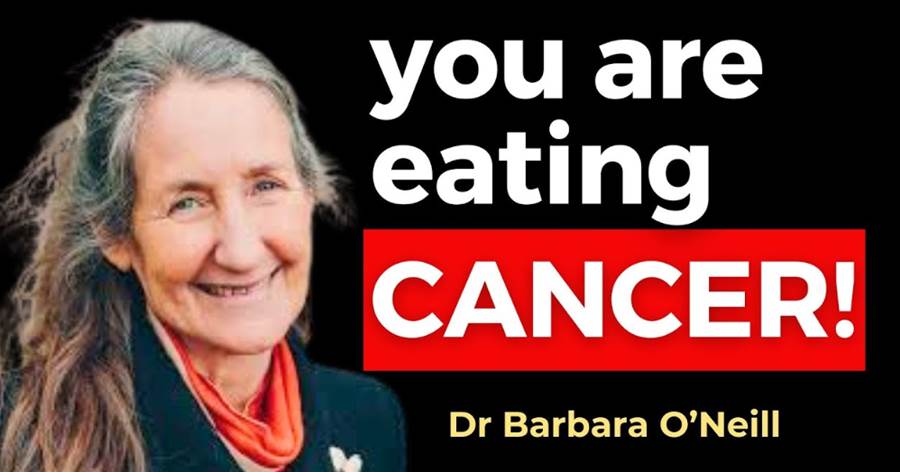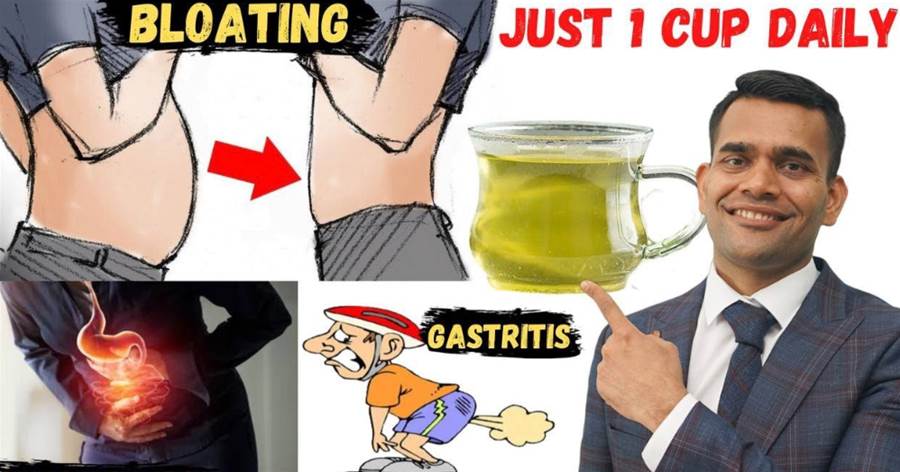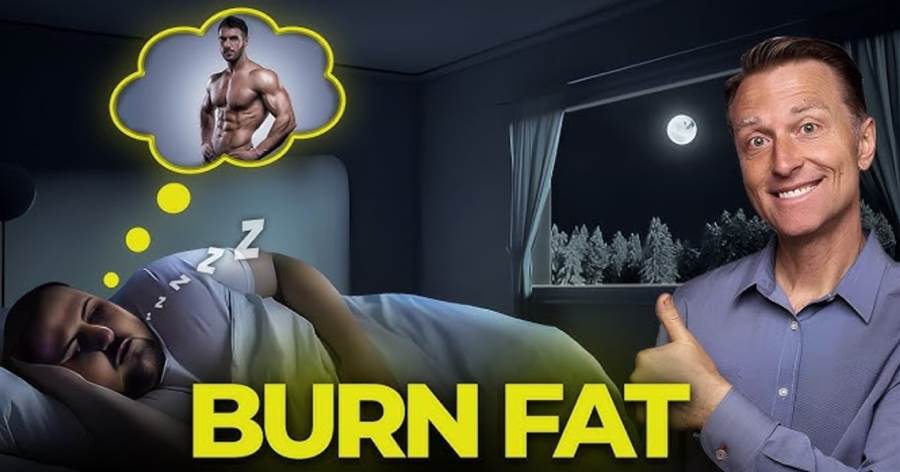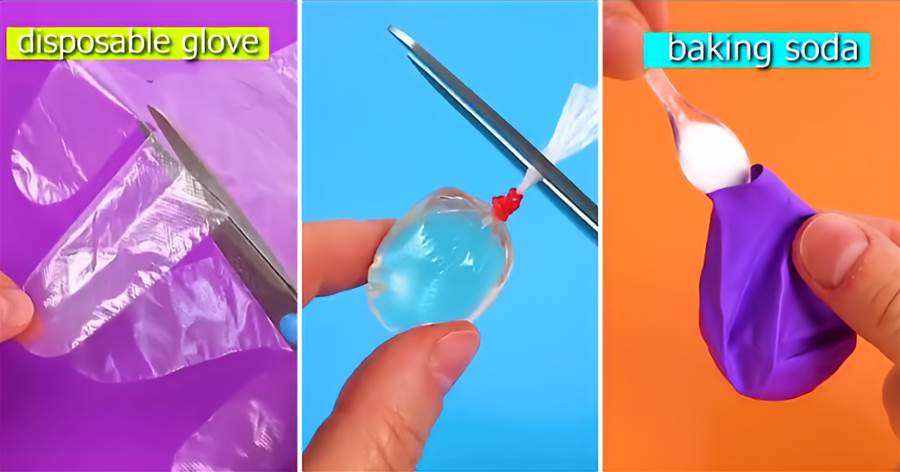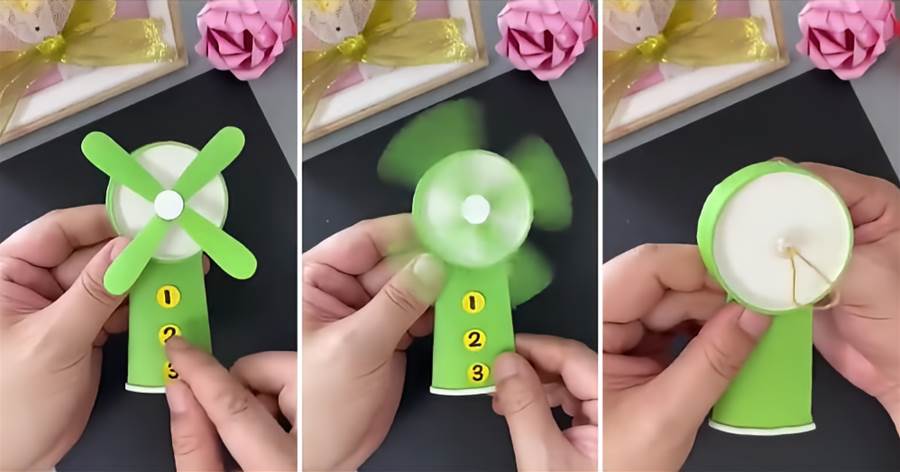
Hair loss can be a daunting issue, especially for women over 50 who may find their hair thinning at an alarming rate.
But don't panic just yet—there are solutions that actually work, backed by science and dermatologists. The causes of hair loss in older women are often tied to hormonal changes, genetics, and even stress, but the good news is that various treatments are available to help tackle the problem. Let’s dive into what you need to know!
For many women, hair loss after 50 is primarily driven by hormonal shifts, particularly after menopause. Estrogen levels drop, which directly affects hair growth.
Additionally, female pattern baldness (androgenetic alopecia) is another common cause, where hair thins at the crown but rarely leads to total baldness. Stress, medication, and nutritional deficiencies can exacerbate this, making it important to identify your specific cause before jumping into treatments.
Minoxidil, sold under brand names like Rogaine, is one of the most popular and effective treatments for female hair loss. This topical solution is FDA-approved and works by increasing blood flow to the hair follicles, encouraging growth.
It’s available in both 2% and 5% concentrations, and many women report noticeable improvements within three to four months of consistent use. However, patience is key—results can vary, and you may need to use it long-term to maintain the new growth.
For women concerned about sensitivity, products like the 2% minoxidil solution are a great option, as they are gentler on the scalp. The foam versions also tend to leave less residue than liquid forms, though they may leave the scalp slightly greasy.
For those with more stubborn cases of hair loss, oral medications can be effective. Spironolactone, a drug originally used to treat high blood pressure, is often prescribed off-label to women to help block the effects of androgen hormones, which can lead to hair thinning. This medication is particularly useful for women with hormonally-driven hair loss, as it helps balance the hormonal effects on hair follicles.
Finasteride, another option more commonly used in men, can also be prescribed to women (particularly post-menopausal) in certain cases.
It works by blocking the conversion of testosterone to DHT, a hormone that shrinks hair follicles and leads to hair loss. Always consult with a healthcare provider to discuss potential side effects before starting any prescription treatment.
Low-level laser therapy (LLLT) is gaining traction as a non-invasive treatment for hair loss. Devices like laser caps and combs use light energy to stimulate hair follicles and promote growth. The best part? This treatment is safe and can be done at home.
Studies have shown that LLLT can be effective when used consistently over time, though it’s often more beneficial when combined with other treatments like minoxidil.
Sometimes, the key to improving hair growth lies within. Vitamins and supplements rich in biotin, zinc, and iron can help support healthy hair, especially if deficiencies are contributing to your hair loss. Products like Nutrafol or Viviscal contain natural ingredients designed to strengthen hair and promote regrowth, and many women swear by their results after several months of use.
A well-balanced diet is also critical. Make sure you're eating enough protein, as hair is primarily made of keratin, a protein, and consider adding omega-3 fatty acids, which help nourish hair follicles and improve overall scalp health.
If topical and oral treatments don’t work, more invasive options are available. Platelet-rich plasma (PRP) therapy, where your own blood is used to stimulate hair growth, has shown promising results in clinical studies.
Hair transplants, though more expensive, provide a more permanent solution for women with significant hair thinning or bald spots.
Hair loss for women over 50 can be distressing, but you don’t have to sit back and watch it happen. From topical solutions like minoxidil to advanced therapies like laser treatments and PRP, there’s a range of options available. It’s all about finding what works best for your specific situation. Always consult with a dermatologist or hair specialist to craft the right plan for your hair recovery journey.
Have you tried any of these treatments? Share your experience below and let’s keep the conversation going!













